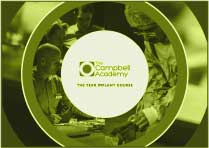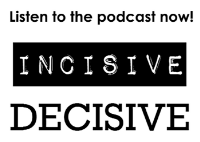
First question, do you consider yourself an evidence-based practitioner?
It’s fine to answer either way, it just changes what you say you are and what you get to do.
Let’s just assume (for ethical reasons and for the good of society) that you say yes, then I’ve got a trick for you below.
Every five years the ITI (International Team for Implantology) facilitates a Consensus Conference which has got bigger and bigger since I’ve watched it from Consensus Conference Two.
The Consensus Conference team develop a series of focused questions of where implant dentistry is today and then they set about systematically raking through the literature related to those questions before they put some of the highest-level experts in the subjects in rooms for a weekend before they come out with recommendations.
The sixth Consensus Conference was done last year and the proceedings are now available here.
This is free (apart from the time you take to read it) and it will change the way that you practise for free.
Many people will deride the ITI or will criticise it for its motives or its organisation or its size, but show me someone else who is doing this for free, to change the care that patients receive.
Just some little highlights from my first pass over this literature:
- Short implants don’t last as long or as well as longer implants (8mm or longer). Systematic review led, evidence-based – that’s what you tell your patients, end of story.
- CBCT is pretty good but you need a 2mm safety zone from all other vital structures at least when you’re planning cases statically – that’s what you tell your patients, that’s what you tell Tara Renton (I’m still using 4mm for the nerve)
- There is very little, if any, reasonable evidence for patient related outcomes in guided surgery. Regardless of what the companies are telling you and regardless of what some sections of the profession are telling you, you must be absolutely clear about why you’re using digital technologies, particularly for guided surgery.
I am really clear about why I’m doing it, are you?
- Full arch metal ceramic bridges are still the best and the evidence for everything else is poor. Systematic review based – that’s what you tell your patients because that’s what the expert will tell you when you’re in the dock.
It’s easy. Just carve out the time, click on the link, read and digest. It will change your practice and it’s free.
Long live the ITI.
Blog Post Number: 1899






Leave a comment